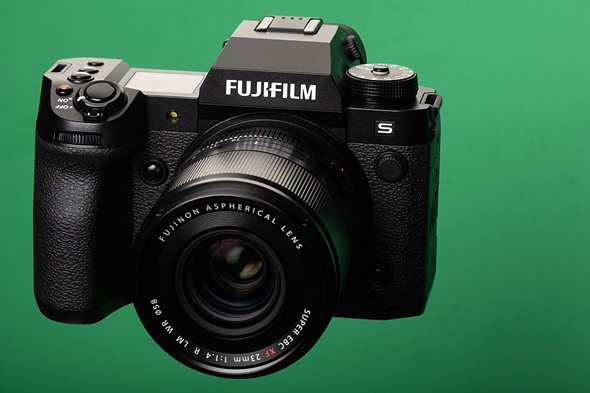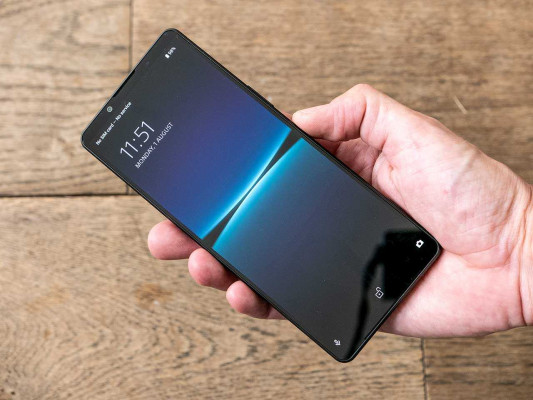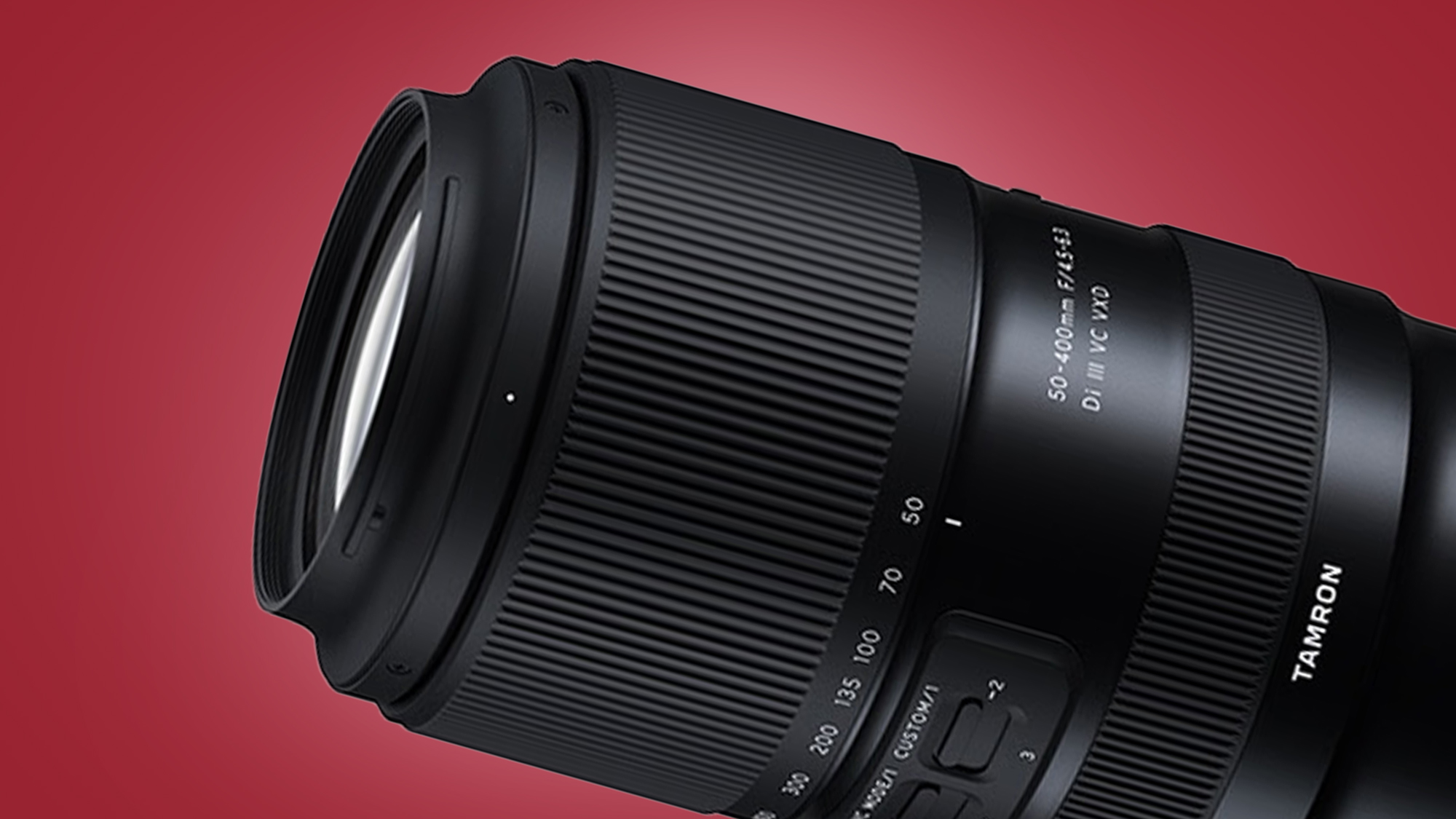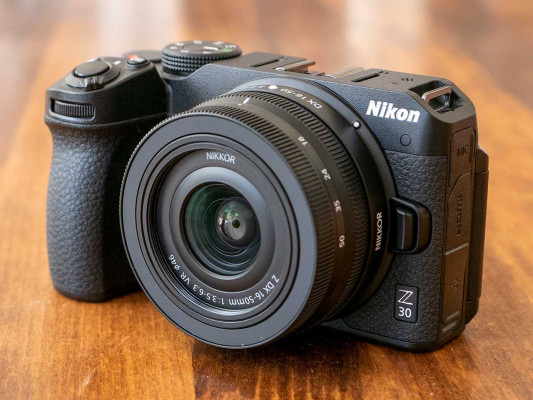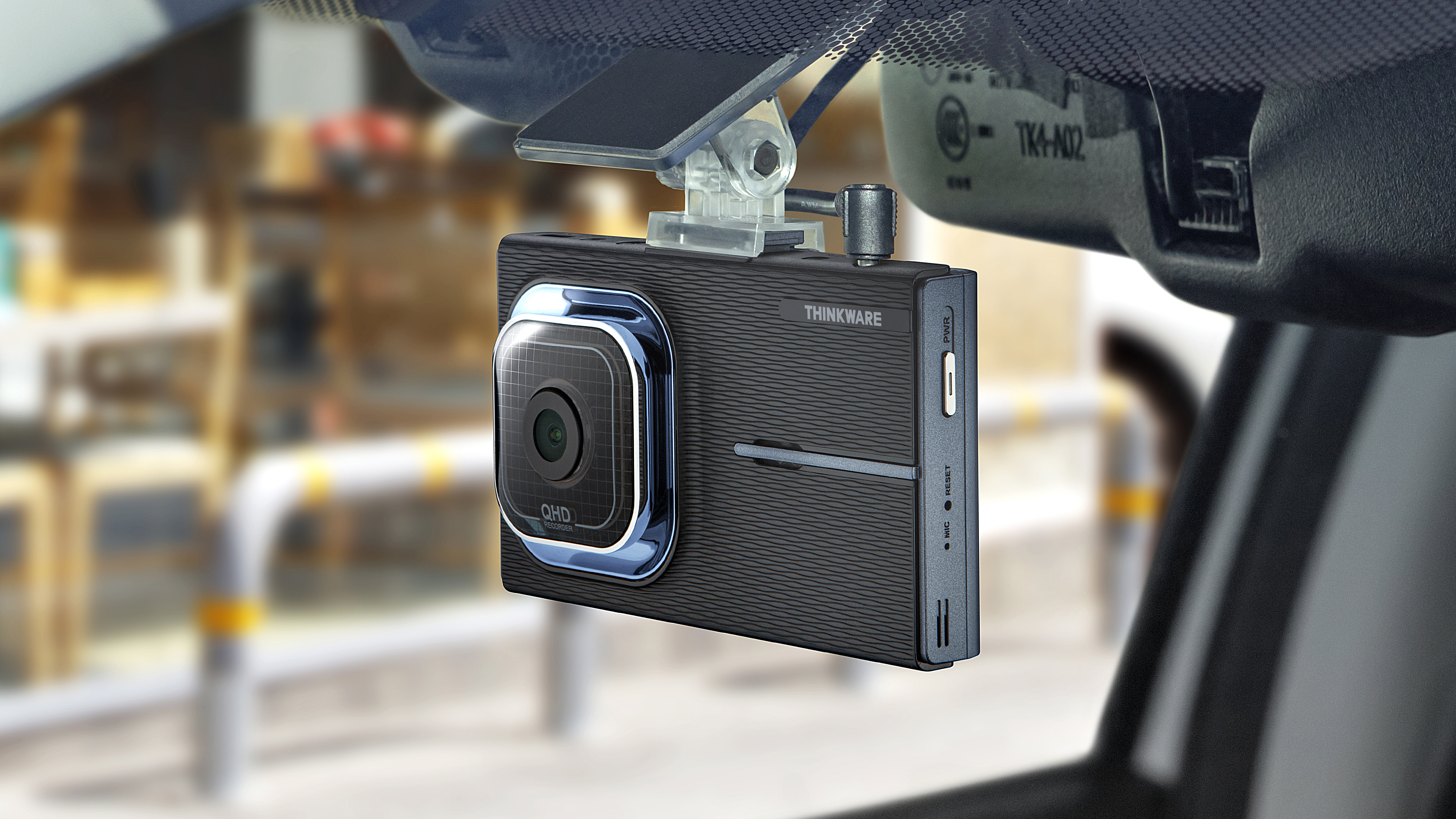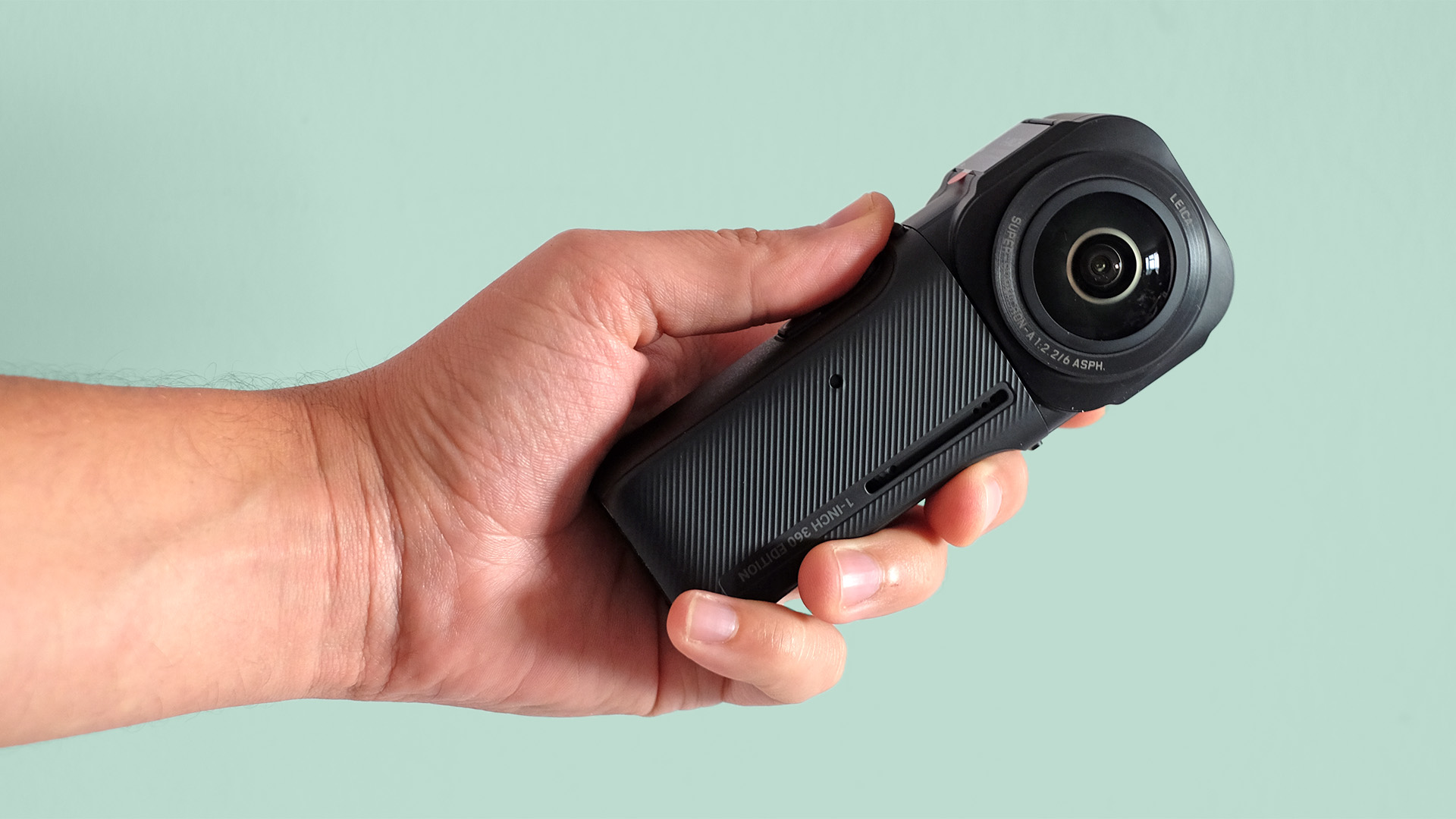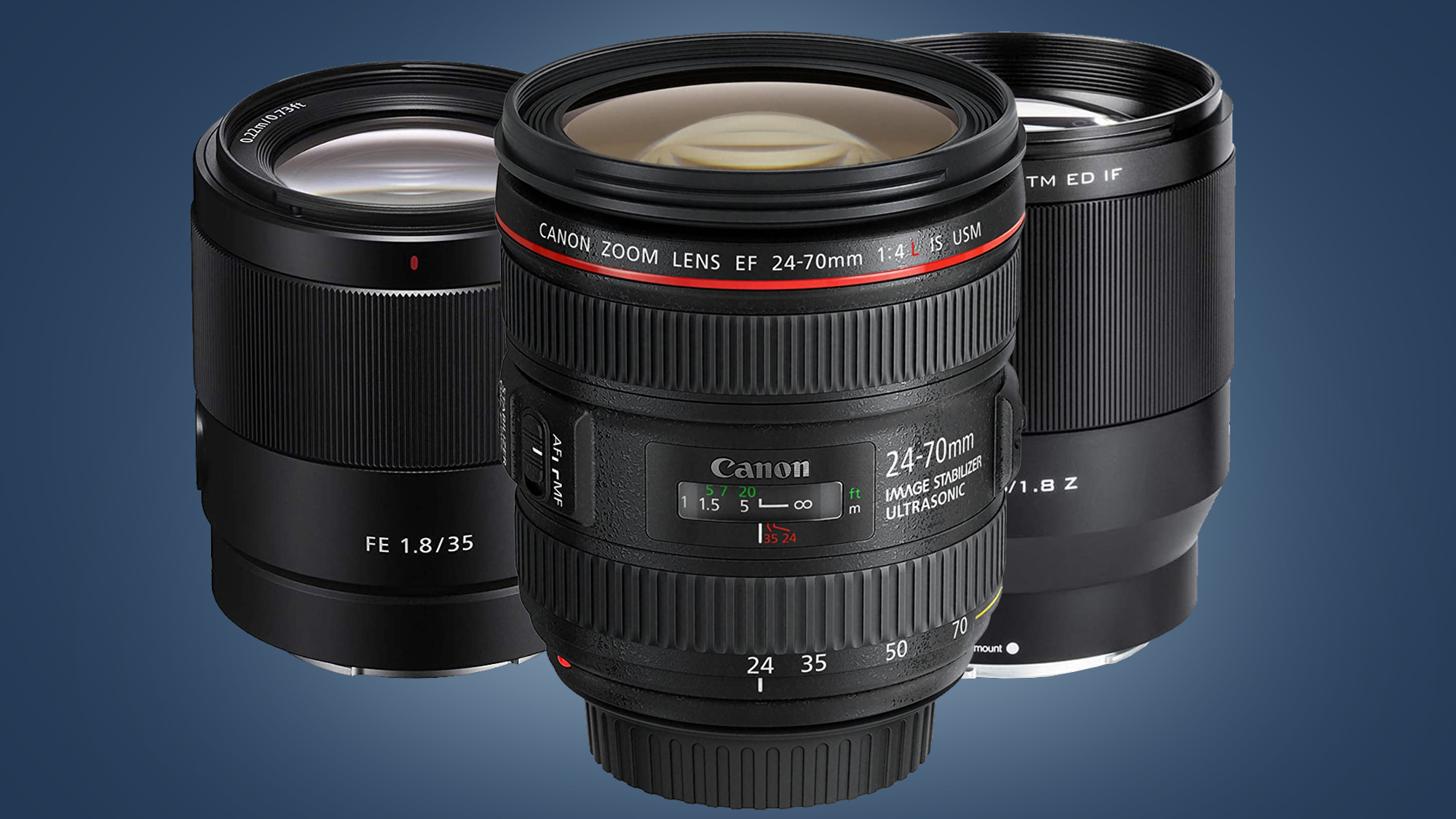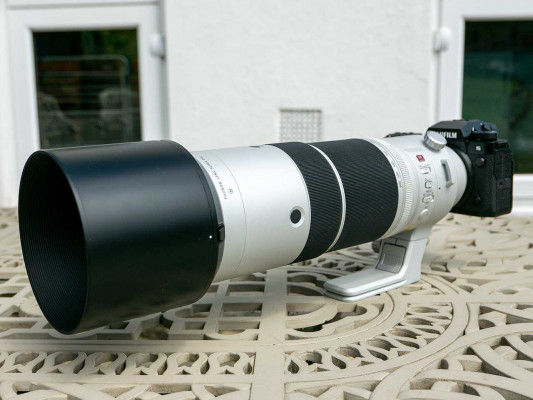Reviews

DJI Avata review
DPReview Latest |
DJI's Avata is its second FPV (first-person-view) and first cinewhoop-style drone. Packing a ton of features and a solid build in a smartly-designed, streamlined out-of-the-box solution, it's a clear sign that the world’s leading consumer drone manufacturer is aiming to lure more beginners into the world of immersive flying.
A big appeal of flying FPV and cinewhoop drones is maneuvering through tight spaces and performing aerobatic moves like flips and rolls, usually while capturing immersive and eye-catching video. Donning a face-mounted display, which DJI calls Goggles 2, puts the operator right into the action; it's like sitting front-row-center at the movies during a thrilling chase sequence.
Before DJI introduced its first FPV drone, back in March 2021, operating this type of drone meant learning an entirely new and complex set of skills – not exactly a beginner-friendly task. A typical FPV drone doesn’t hold your hand, lacking the automated controls to make it stop or hover in place like DJI's FPV drones do. DJI's models also don't require you to know how to wire up your own camera or motors, or tinker with radio frequencies and remote control configurations, things that were common in a lot of previous FPV drone solutions.
DJI has listened to its user feedback and addressed criticisms of its first FPV drone with the Avata. At 410g (14.46oz) and 180x180x80mm (7.09x7.09x3.15"), it’s practically half the weight and size of its predecessor. Unless it experiences an extreme and catastrophic crash, the Avata likely won’t need to be sent in for repair thanks to a compact frame and built-in propeller guards. An improved camera boasts a 48MP, Type 1/1.7 (7.6x5.7mm) CMOS sensor that can capture up to 4K/60p and 2.7K/120p video.
A typical FPV drone doesn’t hold your hand, lacking automated controls to make it stop or hover in place.
The Avata also has a newly-created Turtle mode that flips the drone right side up if it’s upside down on the ground. Additionally, a smaller, lighter and more user-friendly DJI Goggles 2 headset is also available as part of the Avata package.
In sum, DJI has created an aerodynamic machine that will make users feel far more confident flying, offering an obvious entry point for those who don't want to relearn how to fly.
Is it worth upgrading if you already own an original DJI FPV drone? Is it a worthy alternative to DIY cinewhoop and FPV rigs, especially for professionals who have already grown accustomed to them? Or is this drone best suited for those interested in trying stunt flying for the first time? Let’s find out.
Jump to:
Who's it For? | The Controllers | Photo and Video | The app, obstacle avoidance and flight modes | What it's like to fly | Conclusion
Key Features
- 410g (0.9 lbs.) total weight
- 180×180×80mm
- Type 1/1.7 (7.6x5.7mm) 48MP CMOS image sensor
- 12.6mm equivalent lens (155º FOV)
- Ability to capture photo and video on the same flight
- 4K/60p and 2.7K/100p flight at 150Mbps (with new Goggles 2)
- H.264 and H.265 video codecs
- Emergency brake and hover
- Downward obstacle sensing
- DJI’s O3+ transmission system for 10km range, dual frequencies, 50 Mbps bitrate
- 18-minute max flight time
- 97 kph (60 mph) max speed
- Turtle mode that corrects drone's orientation before take-off
Compared to...
With its greater camera sensor size, plus its compact and superior build, the Avata is an ideal choice compared to DJI's FPV drone. Its Intelligent Flight battery can keep it airborne up to 18 minutes instead of 20, but that's hardly a dealbreaker. Other FPV rigs, which rely on lithium batteries, have a typical flight time between 3–10 minutes.
| DJI Avata | DJI FPV | Other FPV drones | |
|---|---|---|---|
| Flight modes | Normal, Sport, Manual | Normal, Sport, Manual | Angle, Horizon, Acro |
| GPS | Yes | Yes | No |
| Prop Guards | Built-in | No | Typically |
| Obstacle avoidance | Obstacle detection on bottom of the drone | 4 stereoscopic sensors + an auxiliary light | No |
| Camera | 48MP, Type 1/1.7 (7.6x5.7mm) CMOS sensor | 12MP, Type 1/2.3 (6.3x4.7mm) CMOS sensor | Depends, but a typical camera starts at $400 |
| Assembly | None | None | Requires in-depth knowledge of parts, radio frequencies, ESCs, motors, assembly, soldering |
| Flight Assistance | Return To Home, Emergency Brake and Hover | Return To Home, Emergency Brake and Hover | None |
| Auto-stabilization | Available for 'N' and 'S' modes | Available for 'N' and 'S' modes | None |
| Flight Time | Up to 18 minutes | Up to 20 minutes | 3–10 minutes |
| Battery Type | Intelligent Flight | Intelligent Flight | Lithium Polymer (LiPo) |
| Transmission | Live digital video feed at 1080p/100p, low-latency | Live digital video feed at 810/120p, low-latency | Typically analog, short-range, lower quality |
Who's it for?
An FPV drone that is ready to fly, straight out of the box, is clearly aimed at beginners. Someone who has invested time learning how to solder, build and fly their own FPV system, or construct something from a build kit, would probably not be interested in the Avata.
Looking through the numerous offerings from FPV hobbyist sites, I’ve determined that the typical FPV body is about 7.6–12.7cm (3–5") long and wide. The Avata, while smaller than DJI’s Mini 3, is still larger at 6x6" than a majority of cinewhoop FPV drones on the market. Also, there are new camera offerings such as GoPro's HERO10 Black Bones that offer superior 5.3K/60p and 4K/120p resolution, which might appeal more to the DIY crowd.
 |
| DJI's Avata is larger than most cinewhoops but still smaller than the Mini 3 Pro. |
If you’re hoping to perform complex flights in close proximity to people or objects like Jay Byrd Christensen or the House of Drones team, the Avata is probably not going to work. This is an FPV drone for people who want to soar over mountains or coastlines and not worry about losing the drone if it gets disconnected from the remote. GPS and GLONASS, not found on a majority of FPV setups, make these safer flights possible.
The propeller guards on the Avata are part of the main frame. They are solid, not pliable like the softer plastic props you can find on other competing models. If you do, in fact, crash into the ground from a high enough altitude or into a wall at a top speed, you’re capable of causing irreparable damage to the drone.
All that said, the Avata is a vast improvement over DJI’s introductory FPV model. Remote pilots who are accustomed to DJI’s functionality and features will find familiarity and comfort in operating this FPV drone versus a build from another manufacturer. Also, those looking to combine some FPV footage to other cinematic clips captured with similar DJI drones will find it easier to integrate them since the cameras have similar color profiles.
The Controllers
I received a DJI Avata Pro-View Combo with a Fly More Kit ($1,388) to test out. It includes the drone, Goggles 2 and the handheld Motion Controller. DJI also offers a Fly Smart Combo ($1,168) that includes the original Goggles V2 that was developed for the FPV model. The Fly More kit also includes two additional Intelligent Flight batteries and a charging hub for the extra $220.
 |
| DJI's Goggles 2 are a significant upgrade from the FPV Goggles V2, though DJI's product names are bound to create some confusion. |
The Goggles 2, which are roughly 167x104x81mm (6.57x4.09x3.19") in size, are sleeker and smaller compared to the original V2 at 202x126x110mm (7.95x4.96x4.33"). There are air vents on one side, presumably to prevent them from overheating, and the frame doesn't cover most of your nose. This makes them more comfortable to wear for a longer period, in my opinion. They have two antennas protruding from the top instead of four, making transport more convenient.
Instead of pressing a button or twiddling a knob on the top-right-hand part of the goggles to adjust settings, the new Goggles 2 features a touch panel that responds to the movement of your index and/or middle fingers. By swiping up, down or forward, you can activate camera settings, a shortcut menu and the main menu.
 |
| Instead of fiddling with knobs or pressing buttons, swiping a touchpad will get you to the menus you need to access features and settings. |
Two inter-pupillary distance (IPD) knobs on the bottom of the Goggles 2 allow you to adjust the distance between the two lenses and the diopter to get the clearest view possible. The adjustment range falls between –8.0 D to 2.0 D. The newest Goggles also boast micro-OLED screens with adjustable brightness up to 700 nits and a 51º FOV. The previous V2 goggles, which also work with the Avata, comparatively have up to 360 nit brightness.
 |
| Using the bottom knobs, you can adjust each lens to get the clearest view possible. |
Like their V2 predecessors, the Googles 2 relies on an external 16.2Wh battery that’s connected via a USB-C power cable. There is a slight upgrade in the design: at the end of the cable is a clip that fits to the top of the battery for additional security. I still feel more comfortable putting the battery in a pocket or fanny pack while using this headset, however.
The Goggles 2 and Avata drone are connected by DJI’s O3+ (OcuSync) transmission technology, giving the drone a 10 km (6.2 mile) range with dual-frequencies, a 50 Mbps bitrate and an Audience mode that lets onlookers with their own Goggles view your flight. The original FPV V2 Goggles received 810/60p video transmission in high-quality mode with less than 28 milliseconds lag time, or 120p in low-latency mode. The Goggles 2, in comparison, boast a 1080/100p transmission with less than 30 milliseconds of lag and 10 more milliseconds of lag in low-latency mode.
 |
| DJI's Motion Controller fits comfortably in your hand and is an alternate way to operate the Avata. However, you cannot activate Manual mode. |
The Avata can be flown with DJI’s handheld Motion Controller. It easily fits in one hand and features buttons that allow you to launch the drone, brake and hover, as well as a trigger in front that allows you to accelerate up to 54 kph (33.6 mph). You can steer the drone left, right, up and down by moving your hand and wrist.
 |
| The Remote Controller 2 is simple, pared down, and easy to use. You can activate N, S and M flight modes on the top-left-hand side. |
It’s worth noting that you can only operate the Avata in Normal and Sport mode with the Motion Controller. To operate it in full Manual Mode, which allows you to perform flips and rolls, you’ll need DJI’s FPV Remote Controller 2. That remote is ergonomic and gives you immediate access to features you’ll need, including Return to Home, flight modes, camera profiles, and gimbal wheels.
Photos and video
The camera has a 48MP, Type 1/1.7 (7.6x5.7mm) sensor with a fixed F2.8 aperture and 155º FOV, and is mounted on a 1-axis gimbal. It’s also supported by RockSteady and HorizonSteady Electronic Image Stabilization (EIS) technology. Still image capture is limited to Single Shot 9 megapixel JPEG files, so serious photographers will want to look elsewhere.
Video can be captured at resolutions up to 4K/60p and 2.7K/100p with the Goggles 2, and 4K/60p plus 2.7K/120p with the FPV Goggles V2 at H.264 or H.265 and 150Mbps. D-Cinelike color mode, which shows a flat profile but gives you more post-processing flexibility, is available but limited to 8-bit. It would be nice to see DJI make an upgrade to 10-bit with a future firmware upgrade if the hardware supports it.
Photos and video clips can be shot in 16:9 and 4:3 ratios. (The latter was not available in the beta Fly app.) Shutter speed and ISO can be manually adjusted, while exposure can be tinkered with in Auto mode. Standard, wide-angle and super-wide-angle formats are also supported for capturing imagery. I noticed that at certain angles and pitches, the front propeller guards will enter the frame.
The app, obstacle avoidance and flight modes
DJI's typical Fly app is more pared down than usual for the Avata, with only three menus you can access with a swipe. Camera settings that appear along the bottom of the screen, a Shortcut menu at the top and a main menu are all easily accessible and navigable with the tap of two fingers.
Because the Avata has built-in propeller guards, it requires only two obstacle detection sensors on the bottom that determine if conditions on the ground are suitable for landing (a body of water, for example, is not).
 |
| DJI has obstacle detection sensors on the bottom of the aircraft. If it lands on its back, you can flip it right side up with Turtle mode. |
There are three different flight modes available for operating the Avata. Normal (N) mode limits you to a speed of 28.8 kph (about 18 mph). It’s easy to brake, while GPS plus GLONASS allow the drone to hover in place. Sport (S) mode nearly doubles the speed to 50.4 kph (31 mph). Manual (M) mode, which can only be activated with the FPV Remote Controller 2, ups the maximum speed to 96.5 kph (60 mph).
It’s important to stress that you should practice with a simulator before entering M Mode. It is far too easy to crash a drone like this – I speak from personal experience. In N and S modes, you can still brake and have the drone hover in place. M mode removes all flight restrictions and it’s easy for novices to become overwhelmed quickly if they’re not adequately prepared.
It’s important to stress that you should practice with a simulator before entering M Mode. It is far too easy to crash a drone like this – I speak from personal experience.
Thankfully, the new Turtle mode is there to help out. If your drone happens to land on the ground on its back, you can flip it over without having to physically pick it up. Find my Drone, a feature that assists you in physically locating a lost or crashed drone with a combination of beeping, light flashing and 30-second video playback, is also a useful feature.
What's it like to fly?
Due to its smaller frame and smarter design, I felt confident operating the Avata. I was no longer afraid that I'd crash and destroy the drone immediately upon impact, as I was with the original FPV drone. There is some peace of mind involved knowing that a collision won’t automatically mean needing to send it in for repair.
I used the Motion Controller to start flying and will admit, even as a seasoned remote pilot, that there is a bit of a learning curve involved when using a handheld wand instead of a conventional remote with joysticks.
Using this handheld wand, which comes with the Pro-View and Fly Smart Combos, takes a few flights to master. You'll learn that you shouldn't press down on the Motion Control's trigger unless you want the drone to lurch forward rapidly. Launching the drone is a different experience too. It's a strange sensation for someone accustomed to using joysticks for many years.
You press down on the red lock button twice, rapidly, to start the motors and then press and hold to launch the drone. It will ascend roughly to eye level, whereupon using only the motions of your hands and wrists you can move it upwards, downwards and sideways. I found myself pressing the dominant Brake button and removing the Goggles for a moment so I could remember what to press to, for example, change flight modes.
I tried using the Remote Controller 2, initially created for DJI's FPV drone, which DJI says is compatible with the Avata. However, the beta version of the app I was using didn't yet support it; it's likely this will be fixed in the production version of the app. I tested the Remote Controller 2 extensively with the original FPV drone and it's easier to operate a drone using this controller, in my opinion.
Adjusting to the new DJI Goggles 2 was a challenge. I had to remind myself to tap the touchpad on the side with two fingers to close out of menus, otherwise I found myself stuck and frustrated. Also, the drone and remote will beep if you leave them on. One gotcha: if you leave the battery attached to the Goggles on when taking them off, you don't get any notification and can drain it accidentally.
 |
| DJI tends to make successor models of its drones and accessories more compact. The Avata and Goggles 2 are no exception. |
I started out in a wide, open space and highly recommend everyone do the same if they’re using the Motion Controller. Even in N mode, the drone has the tendency to lurch forward or backward suddenly. Adjusting to how it moves with your motions is another learning curve. As you get the hang of it, it starts to become more intuitive. But the first few flights are a challenge, to say the least.
The Goggles 2 offer up a pleasant viewing experience and they make it thrilling to operate the Avata while flying. That said, this tiny drone is noisy. It screams, if I can describe it accurately, and everyone will know there is a drone in the area. Once again, I question why DJI, who works tirelessly on aerodynamic design to quiet down its other drone models, doesn’t apply those developments to their FPV offerings.
Odds and ends
A 2420 mAh battery slides in on top of the drone and is secured with a clip. It's smaller in size and lighter than the battery powering the original FPV drone. The drone can remain in the air up to 18 minutes, two minutes less than its predecessor. There is a microSD card and USB port positioned awkwardly under one of the propellers. Because of the shape, it is a bit tough to open and close this slot.
 |
| An external battery powers the Googles 2. A slight upgrade in the design is a clip connecting the cord and battery for additional security. |
20GB of built-in storage is standard with the Avata. This is a big help if you forget to insert a card. Thankfully, it’s easy to transfer your footage from the drone to your laptop with a USB-C cable. The Goggles 2 also have a dedicated slot for a memory card as well. Additionally, connecting a smartphone to the Goggles allows viewers to watch your flight through the DJI Fly app.
Conclusion
DJI stepped it up with the feature-packed Avata. Will there be DIY and build-it-yourself FPV veterans who scoff at this beginner-friendly option? Absolutely – the Avata will seem too simplistic to them. But on the other hand, the Avata is so good that someone could ignore the wild world of DIY FPV drones entirely and still have tons of features to tap while honing their flying skills.
This is why DJI's offering is so important. They're tapping a market of people wanting to fly FPV but who may have been intimidated in the past, given the amount of technical effort involved in making it happen.
 |
| While DJI gives you the option to capture photos with the Avata, 8-bit, 9MP JPEGs aren't ideal. Serious photographers will do best looking at other models for their imaging needs. |
The Avata is a thrill to operate, and having an out-of-the-box solution is appealing. I sense that there's a waiting market of people who desire this style of flight but didn't want to go to the lengths needed to get up and running with DIY solutions. With a few improvements (quieter operation, in particular), DJI could create an unbeatable FPV offering.
| What We Like | What We Don't |
|
|
4.5 stars out of 5
![]()

